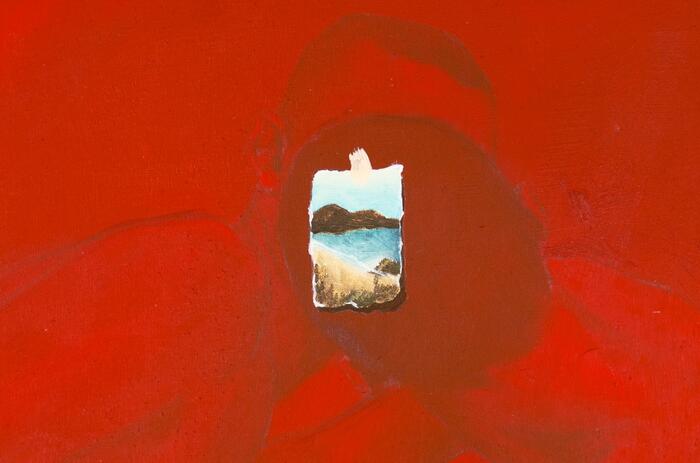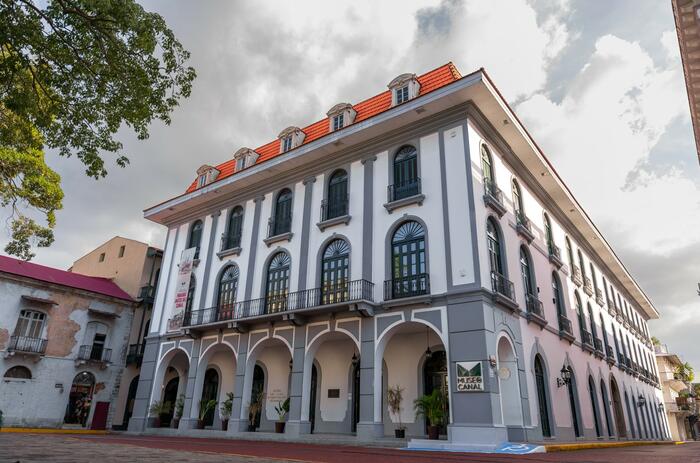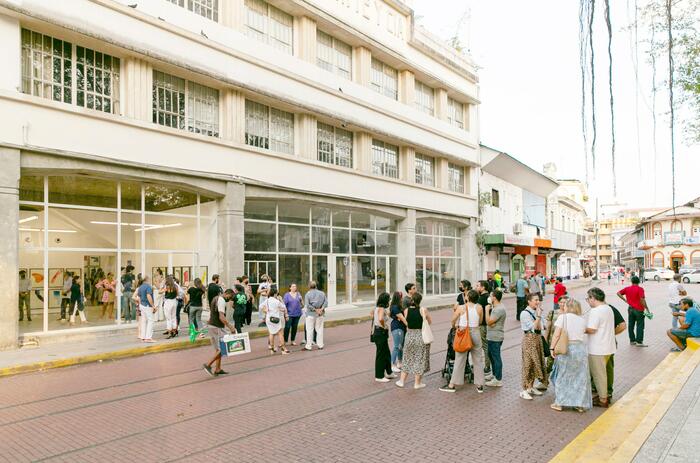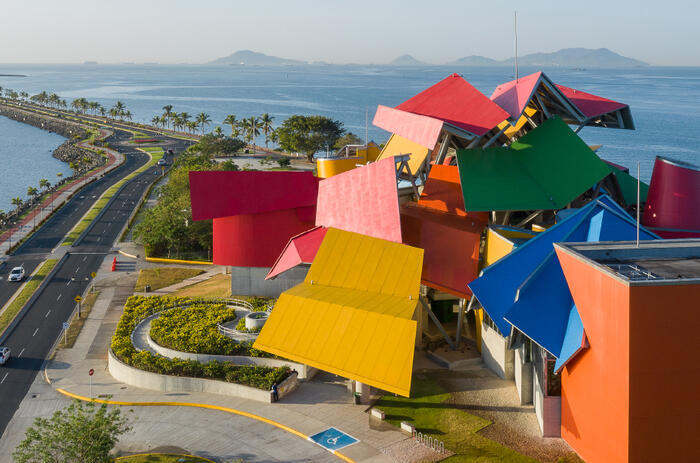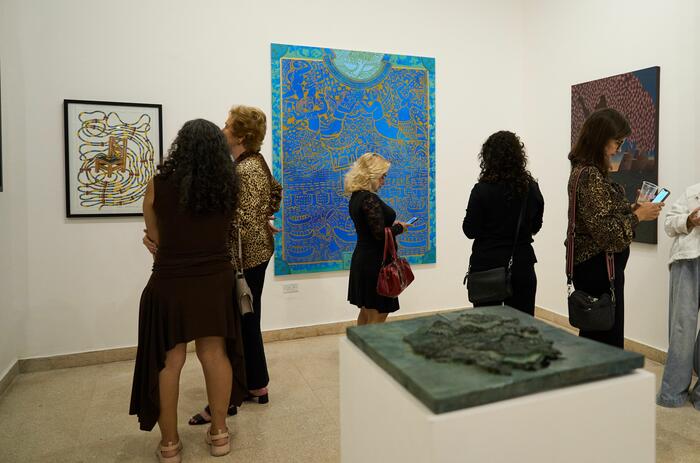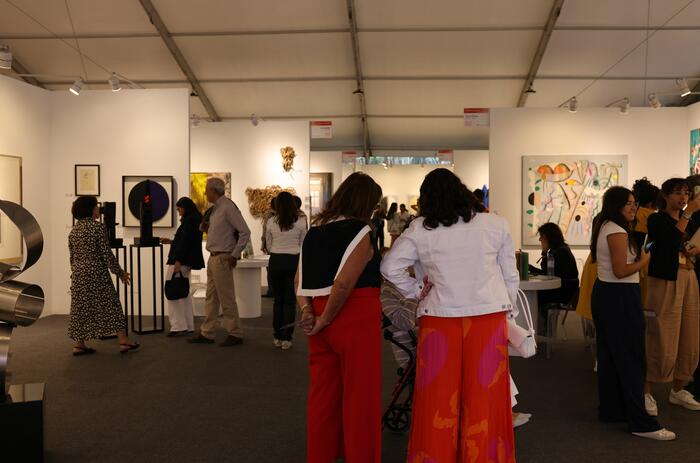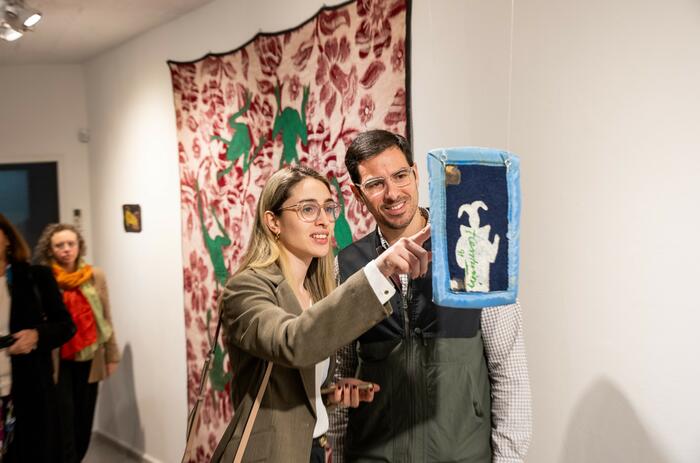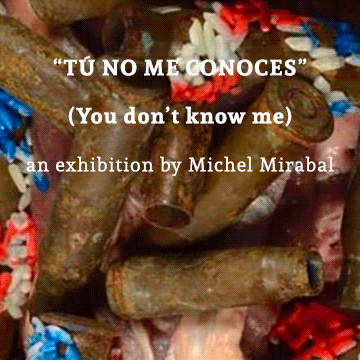THE FIRST TIME PINTA ARRIVES IN PANAMA
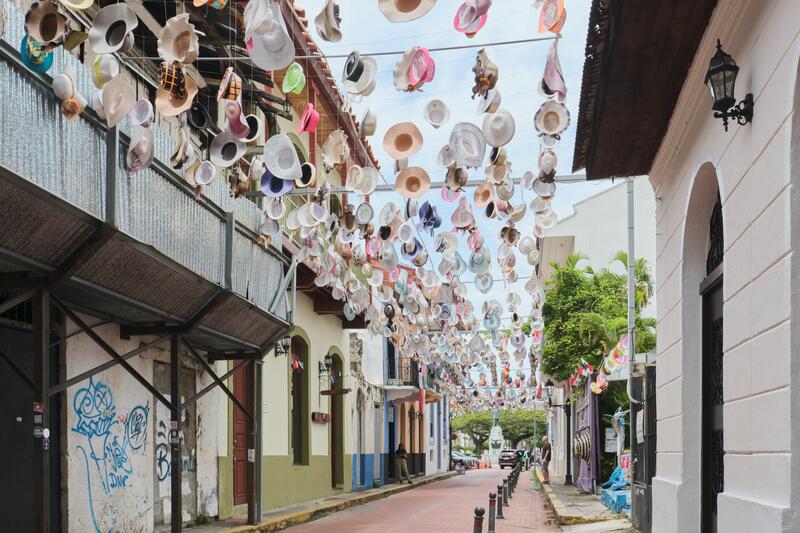
Panamá’s Art Market 2024 - 2025
In 2024, the Panamanian art market saw substantial expansion and structural change, establishing the nation as a developing cultural center in the increasingly vibrant art scene of Latin America. Latin American art showed tenacity and momentum even as the global art market shrank by 51% since 2022. Together, Pinta's regional platforms—Pinta Lima, BAphoto in Buenos Aires, Pinta Miami, and Pinta Sud in Asunción—attracted over 52,000 visitors and featured 162 galleries from 43 cities, highlighting the region's thriving artistic production and market engagement (Arte Al Día, Arte por Excelencias, LatAm ARTE, 2024). Due partly to Panama's advantageous location, this momentum has been mirrored in the country by increased independent initiatives, collector interest, and institutional participation.
An important turning point in this trajectory is Pinta Panamá Art Week, which will be held from May 21 to 25, 2025. Through a diverse program of exhibitions, studio visits, and critical discussions, the fair, which is curated by Irene Gelfman and Emiliano Valdés, seeks to "articulate and activate" Panama's artistic ecosystem. Pinta Panamá presents the country as a venue for regional discourse and global interaction, focusing on identity, construction, and cultural heritage. As the first Pinta to take place in Central America, it marks a significant turn toward increased cultural infrastructure and visibility, solidifying Panama's position as a vital and symbolic link between the artistic communities of Latin America.
-
Exhibición Nada es distinto de Lorena Torres. Fundación Casa Santa Ana
Pinta Panamá
For the nation's creative and cultural industries, the inaugural Pinta Art Week is an important milestone. Pinta, which is well-known for expanding the art markets in Latin America, has consistently demonstrated its ability to strengthen cultural infrastructure in host cities such as New York, Buenos Aires, and Lima, promote established and emerging artists, and accelerate economic growth. For instance, Pinta PArC has become a significant event on the Peruvian art calendar by fusing modern art practices with historical and institutional spaces.
At the same time, Pinta New York helped to establish Latin American art in a global collecting context, which led to millions of dollars in sales and international recognition. As Panama prepares to join, artists, curators, collectors, and cultural officials have been growing more excited. This inaugural edition offers an uncommon opportunity to assess the potential impact that a globally recognized platform like Pinta could have on Panama's art scene through fostering intercultural dialogue, bolstering institutional growth, and integrating local viewpoints into broader regional and international conversations.
The curatorial thesis "Construction and Identity," which is being developed through several site-responsive exhibitions organized by Irene Gelfman and Emiliano Valdés, is a major aspect of Pinta Panamá Art Week 2025. The exhibitions, which are spread throughout important cultural institutions like the Museo de Arte Contemporáneo (MAC Panamá), Museo del Canal, and Museo de la Mola, examine Panama's multi-layered historical, architectural, and geopolitical identities as a country molded by migration, mediation, and change (Pinta Panamá 2025). This multisite format is similar to the successful models of Pinta's editions in Buenos Aires and Lima, where a more democratic and immersive experience of contemporary art is made possible by activating institutional and urban spaces. Public engagements, curator-led tours, and studio visits further establish Panama as a site for cultural exhibition but as a site of artistic production and critical inquiry.
NG Art Gallery, a well-known Panamanian gallery that has continuously connected local practice with global platforms, is a major contributor to this changing landscape. By bringing Panamanian artists to one of the most significant art fairs in the region, NG Art Gallery recently took part in Pinta PArC Lima 2024, which helped to improve market connectivity and international visibility (Pinta Lima 2024). Their active participation in Pinta Panamá, which includes collector-focused programming, curated exhibitions, and public discussions, is a prime example of galleries' dual roles as cultural agents and exhibitors. NG's dual dedication to regional representation and local development supports Pinta's larger infrastructure objectives, which include promoting intellectual exchange, professionalizing the local art economy, and facilitating transnational networks.
The week's academic panels will examine Central American artistic identity, migration, memory, and institutional development—all of which have received little attention in the international art discourse. The contributions made by NG Art Gallery in this regard highlight the significance of consistent, cross-scale cultural endeavors in reestablishing Panama as a significant player in the Latin American and global art ecosystems.


